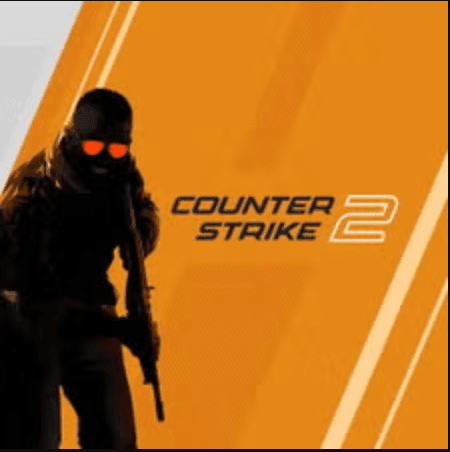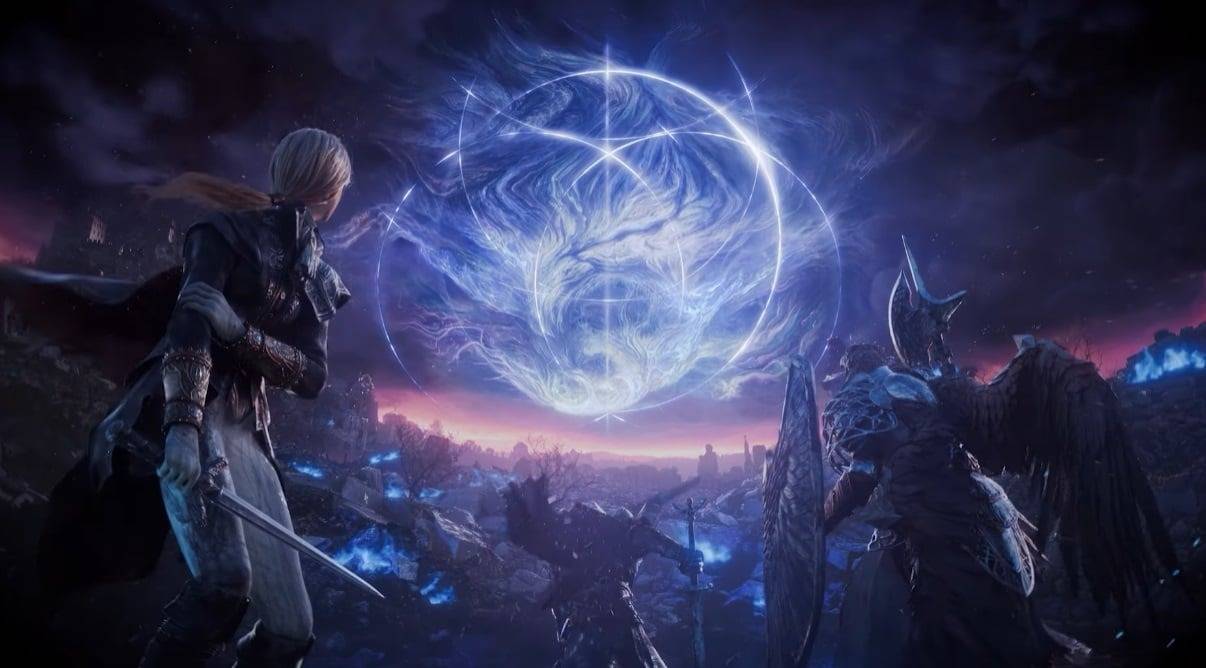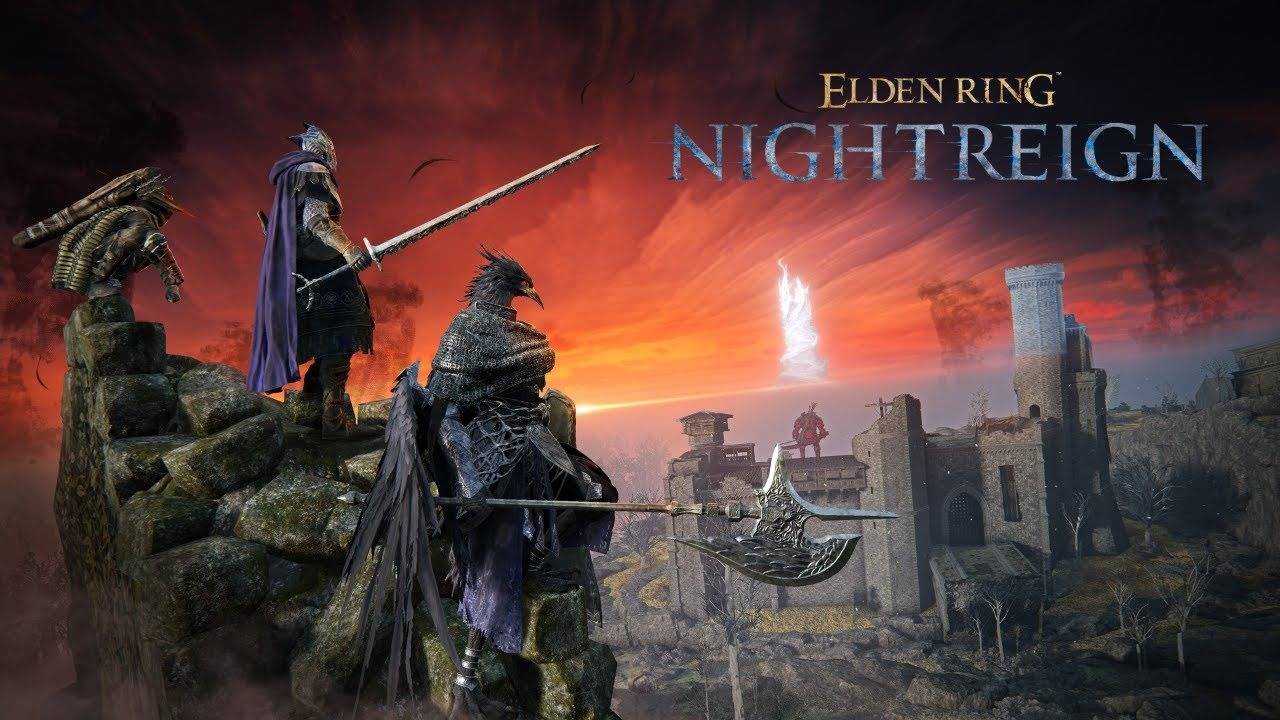Into the Abyss: 9 Things You Need to Know Before Starting Elden Ring Nightreign’s New Hard Mode
Popular Now
 Genshin Impact
Genshin Impact
 League of Legends
League of Legends
 Stumble Guys
Stumble Guys
 Counter-Strike 2
Counter-Strike 2
 Poppy Playtime
Poppy Playtime
 Geometry Dash
Geometry Dash
 FIFA 23
FIFA 23
 Valorant
Valorant
 Sonic the Hedgehog™ Classic
Sonic the Hedgehog™ Classic
 R.E.P.O
R.E.P.O 
For the veteran Tarnished who has conquered the base game of Elden Ring: Nightreign and even the brutal Everdark Sovereign bosses, the journey may have felt complete. But FromSoftware, ever the master of high-difficulty experiences, has a new challenge for the bravest Nightfarers. The recently released “Deep of Night” mode is an ultra-hard expedition designed to test even the most seasoned players. This is not a simple rehash of the existing game; it is a new mode with new rules, new gear, and an even greater level of challenge. Before you step into the darkness, here are 9 crucial things you need to know to survive.
 1. This Is More Than a Simple Difficulty Increase
1. This Is More Than a Simple Difficulty Increase
Unlike a standard “hard mode” that simply raises enemy health and damage, Deep of Night is a full-blown expedition with its own unique mechanics. While enemies are indeed much tougher—with increased HP and damage across the board—the mode also introduces new threats and systems. This is a game mode for players who have mastered the core mechanics, not for those who are just looking for a tougher fight. It’s a roguelike-like experience within the game that will require new strategies and a different kind of mindset.
2. Say Goodbye to Pre-Planning
In a major change from the regular expeditions, Deep of Night throws all pre-planning out the window. The target Nightlord is not revealed until the battle begins, and any ongoing “Shifting Earth” events at the Roundtable Hold will not be reflected. This means you won’t be able to prepare a build specifically for a certain boss. Instead, you’ll need a versatile build that can handle a variety of challenges, and you’ll have to adapt on the fly. This forces you to think more strategically about your relics and weapons, as you’ll have to choose them to fit a wide range of scenarios.
3. Brace for New, Terrifying Enemies
Deep of Night introduces “Red Variants,” which are uber-buffed versions of normal enemies. These glowing red foes are even more lethal and can be found on Evergaols and in the open field. These enemies are scaled to the difficulty of a Bell Bearing Hunter and are not to be taken lightly. As one Reddit user put it, they are “basically Bell Bearing hunters in terms of scaling.” You’ll have to decide whether the risk of fighting them is worth the reward of the powerful loot they drop. It’s often better to avoid them entirely in the earlier depths.
4. New Weapons and Relics Come with a Catch
To help you combat these new challenges, Deep of Night introduces “Depth Relics” and new “Red-grade” weapons. These new items are powerful, but they also come with a detrimental effect. For example, a weapon might have increased attack power but cause Madness or Blood Loss buildup when you take damage. This adds a new layer of risk-reward to your build, and you’ll need to be highly selective. A powerful weapon might be too detrimental for your character’s build, so it’s a good idea to consider your entire party composition before grabbing a new relic.
5. You Have More Relic Slots
As a bonus, Deep of Night gives you three extra relic slots for a total of six. This is a huge boon that will not derail your normal builds, as these new slots are only for Depth Relics. This allows you to experiment with a number of new combinations and passive effects that were not possible before. This is a key part of your survival, so make sure you’re taking advantage of every new relic you find and using your expanded arsenal to your advantage.
6. Routing is More Important Than Ever
With an increased difficulty and the “Night’s Tide” damage increasing more rapidly, your routing on the map is more important than ever. You’ll need to plan a path that allows you to level up quickly and get the best buffs and weapons for the final boss. It’s not a good idea to waste time on difficult locations or enemies that won’t give you a good return on investment. The mode is a race against time, and every minute you waste could be the difference between victory and defeat.
7. The Difficulty Ascends with You
The new mode features a ranking system in the form of “Depths.” As you successfully complete runs, you will descend to new depths, with each one escalating the HP and damage of enemies. This ensures that the game will always be a challenge, no matter how skilled you become. Conversely, if you lose a run, your “depth” rating will fluctuate, potentially pushing you back up to easier depths. This creates a compelling feedback loop that encourages you to keep fighting and improving.
8. You Can Go on an Endless Battle
For the truly masochistic, Deep of Night also features a special “endless mode.” After completing the main depths, you’ll be able to enter an endless battle for those who want an even greater thrill. The developers have essentially given a “knock yourselves out” nod to the most dedicated players, ensuring that there is always a new challenge to be found in the darkest corners of the game.
9. This Is a Cooperative Challenge
While you can play this mode solo, it is designed with cooperation in mind. The new level of difficulty and the strategic depth of the new items will require a level of communication and teamwork that is not often seen in games of this type. It’s crucial to coordinate with your partners, share your best relics, and plan your moves as a team. This is a game mode that will either make or break a party, so choose your companions wisely.
 Conclusion: The Night is Deep, But the Challenge is Worth It
Conclusion: The Night is Deep, But the Challenge is Worth It
Elden Ring: Nightreign’s Deep of Night mode is a significant and welcome addition to the game. It’s a mode for the hardcore fans who wanted a new and meaningful challenge. By introducing new mechanics, punishing enemies, and a unique risk-reward system, FromSoftware has ensured that the Lands Between remains a place of mystery and danger. If you have the skill, the patience, and the will to face the darkest parts of the game, then the Deep of Night is waiting for you. Get ready, Nightfarers, because the real fight is just beginning.








 1. This Is More Than a Simple Difficulty Increase
1. This Is More Than a Simple Difficulty Increase